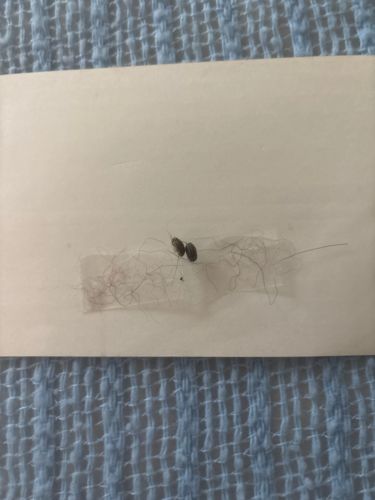Booklouse (or Psocid)
Scientific Name: Various species within the order Psocodea (formerly Psocoptera), e.g., Liposcelis spp.
Order & Family: Order: Psocodea (formerly Psocoptera), Family: (Varies, often Liposcelididae, Psocidae, etc.)
Size: Typically 1-2 mm in length, though some can be up to 10 mm. They are very small and often pale in color.

Natural Habitat
Damp, warm, and dark places with a source of food. Commonly found in books, stored food products, cardboard boxes, under wallpaper, in damp basements, attics, and around window sills.
Diet & Feeding
They feed on molds, fungi, starches, glues, paper, grains, and other organic matter. They are not parasitic on humans or animals.
Behavior Patterns
Booklice are non-biting and non-stinging insects. They are sensitive to humidity and prone to desiccation; thus, they prefer moist environments. They are often found in groups. Some species are parthenogenetic, meaning females can reproduce without males. Their life cycle typically includes egg, nymphal instars, and adult stages.
Risks & Benefits
Potential risks include damage to books, paper products, and stored foods due to their feeding habits on mold and starches. They can be a nuisance in large numbers, indicating high humidity conditions in a building. They are generally not harmful to humans and do not spread diseases. They have no significant benefits, but their presence can serve as an indicator of excess moisture or mold growth.
Identified on: 9/19/2025